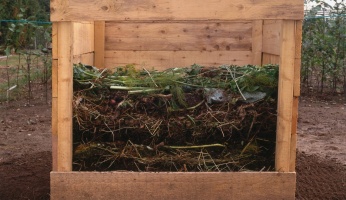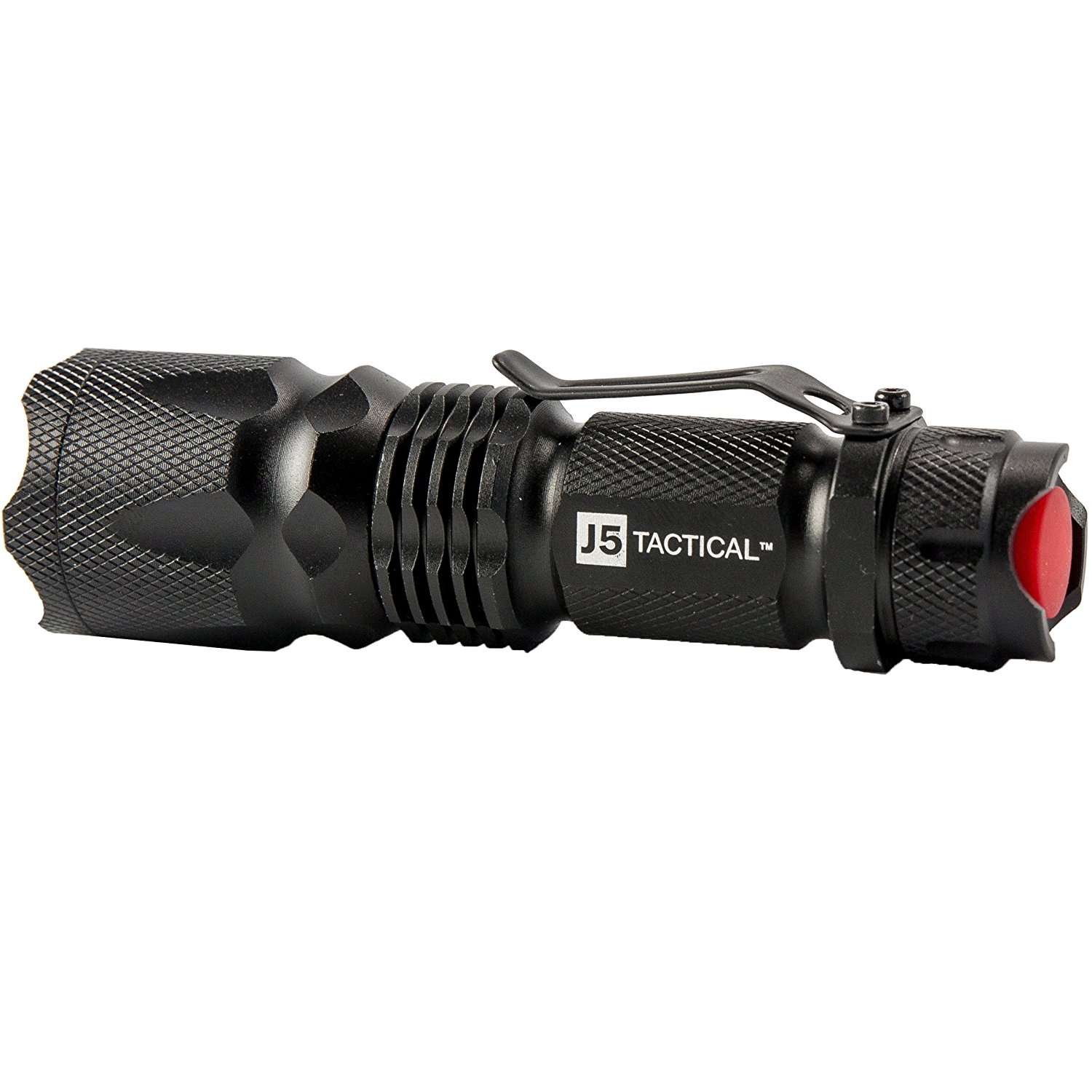- No Obligations
- Stop Paying Too Much For Your Contractor
- No Spam Calling
- Screened & ID Checked Contractors only!
How To Mix Paint Color: A Beginners’ Guide
5
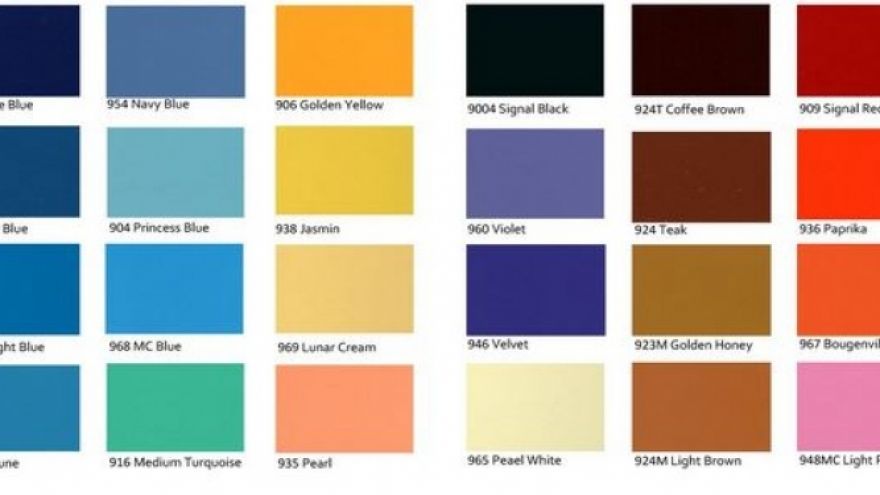 How To Mix Paint Color: A Beginners’ Guide
earlyexperts.net
How To Mix Paint Color: A Beginners’ Guide
earlyexperts.net
When it comes to livening up a room or even furniture, a fresh new coat of paint can do wonders. Whether you want to completely change the color or touch up your existing paint job, a professional painter can take on the task. However, if you prefer to take on the lion’s share of home improvements on your own, then repainting a room or another surface is not difficult. Once you’ve purchased the paint and have your paintbrush in hand, you’re ready to go. What happens though when that perfect paint color turns out to be a dud? You could just leave it in the garage to gather dust. But do you really want to accumulate gallons and gallons of unused paint? Probably not. You can easily change the color of paint to make match what you had in mind. We’ve got a few tips to help you mix your perfect color without having to plunge more money into any more unwanted paint.
What’s the Purpose of a Tinted Primer?
Traditionally, a white primer is used to paint the walls before adding the final top coat color. However, more and more people are choosing to use a tinted primer. When using a tinted primer, it will closely match the color being used on the wall or another surface that is being painted. If you have recently purchased new paint and have a plain white primer, consider adding some color to it. This will help to make the overall color look more even, consistent, and hide unsightly blemishes.
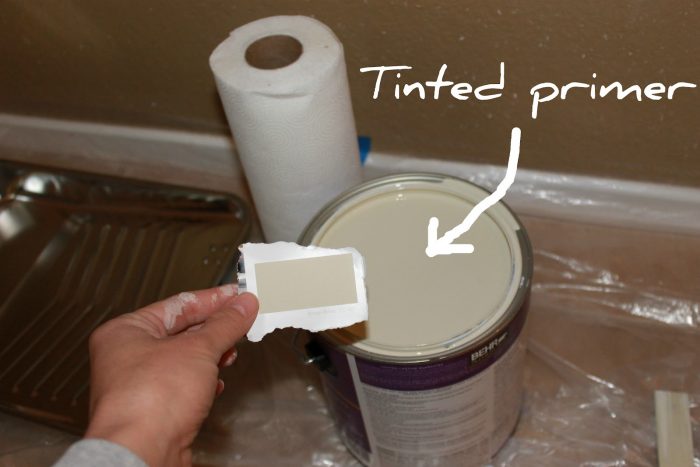
Plus, you’ll reduce the number of coats needed to fully cover the surface. Normally, when using only a white primer, it can take multiple coats of the final paint color to provide full coverage. When a tinted primer is used, then you just need to use that plus the top coat and you’re done.
Items needed
- Small Plastic Cup
- 2 Large Wooden Paint Stirrers
- Primer Paint
- Final Top Coat Color
Step 1 – Open your primer and top coat color canisters and give them a good stir.
Step 2 – Use the small plastic cup and dip it into the colored paint, filling about a third of it.
Step 3 – Pour the colored paint into the canister of white primer.
Step 4 – Mix the primer and color together using the stirrer until the color is fully mixed into the primer. Make sure that the paint is fully dispersed into the primer by moving the stirrer up and down while mixing.
Bring New Life to Existing Paint Colors
Changing the color of any paint that you currently have hanging around is not difficult, but does require a steady hand and a discerning eye. Are you looking to take that extra neon yellow paint down a few notches? Maybe you have a blue that looks a little too gray and needs some brightening up. This can be done using a few different combinations.
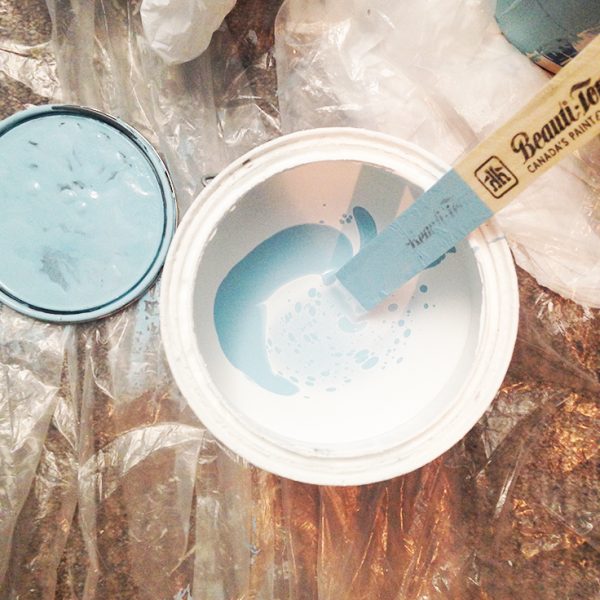
Want to go lighter? The easiest method is to add white to your current paint color. Depending on how light you want to go, it’s recommended to put in a little at a time. It will take quite a bit of the white paint to make your original color really light. So it’s better to gradually make the paint lighter until it’s where you want it to be.
Want to go darker? On the flip side, it only takes a small amount of black or gray paint to bring your paint color down a few shades. It’s also best to try and stay within two shades of the original color.
Need to go brighter? Think about what the base–or main– color of your paint is. For example, paint colors that have more of a beige or brown hue can be brightened using yellow or orange.
Do you want to change the hue? You can add intermediate colors–those that are closely related–to your current paint, which will change it to a different one. It helps to have either a paint color wheel or swatches available for you to compare while tweaking your colors. For example, adding a little yellow to some forest green paint to make it look brighter and more intense.
Need to turn down the volume on a color? You’ll need to keep that color wheel handy. The easiest way to reduce the intensity of a paint color is to use the complement of your current color. For example, if you have yellow paint left over, then adding some violet will take down the brightness down a few notches.
Pro-tip while painting when taking on a new painting project and you need to take a break, wrap your brush in plastic and stick it in the fridge. This will help to keep your brush moist so that you won’t have to spend time washing the brush out every time.
Conclusion
Hopefully, you’ve got your brush in hand and are now ready to paint some walls. Just remember that slow and steady wins the race when it comes to mixing paint colors. While it does take a little more patience to create the proper mix, the time spent upfront will save you the headache of slapping on a wall color that you absolutely hate. Plus, you’ll avoid wasting time and money on something that can’t be used. Whether you want to brighten your blues or darken a beige, this is a time where you can be creative. Just remember to keep that color wheel close by. Now let’s see what else you can do with that newly mixed paint.



